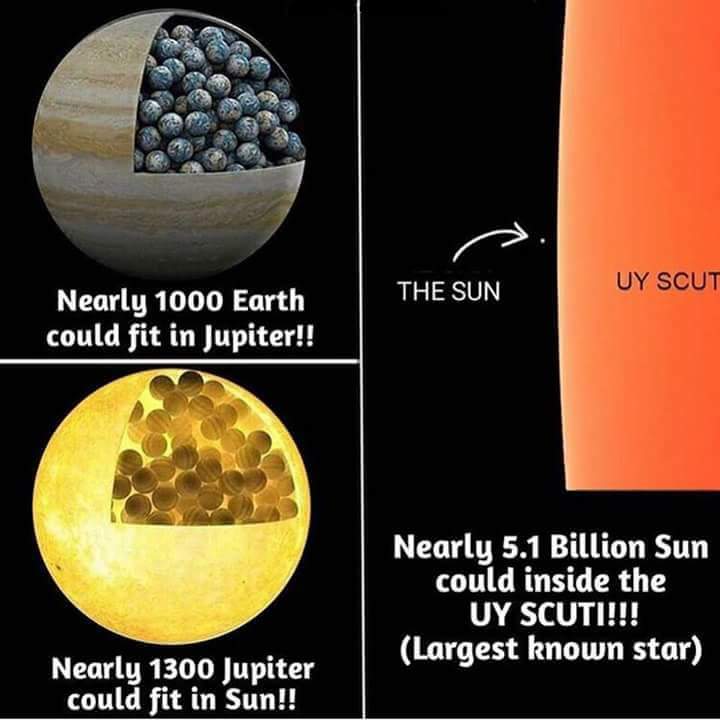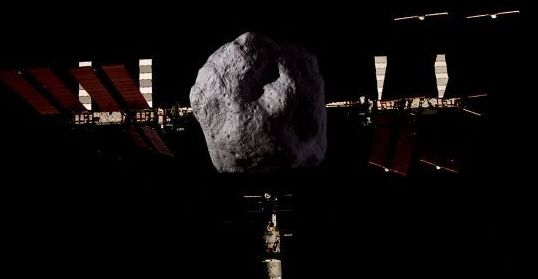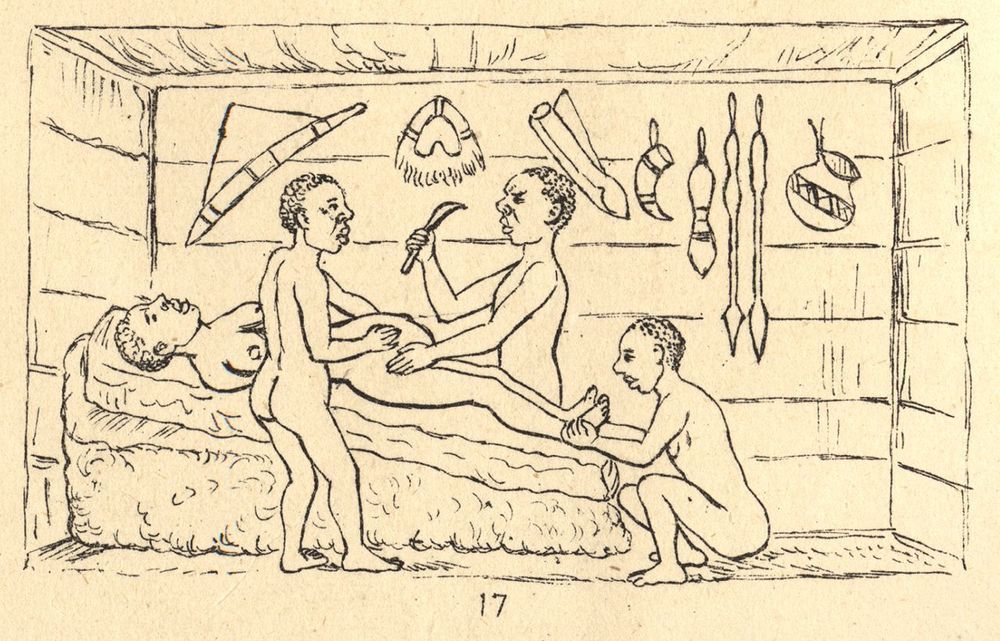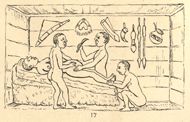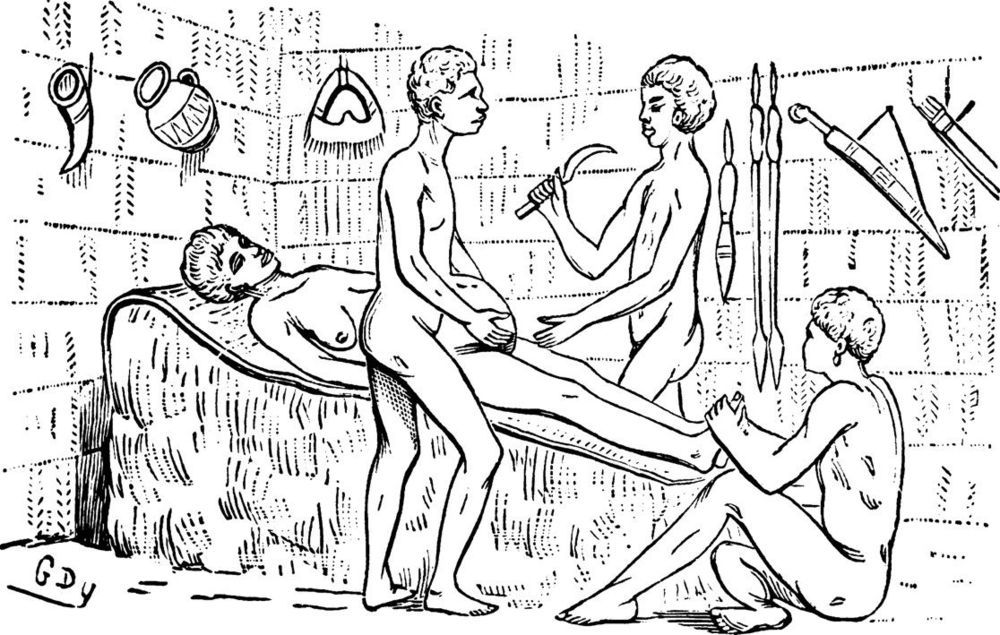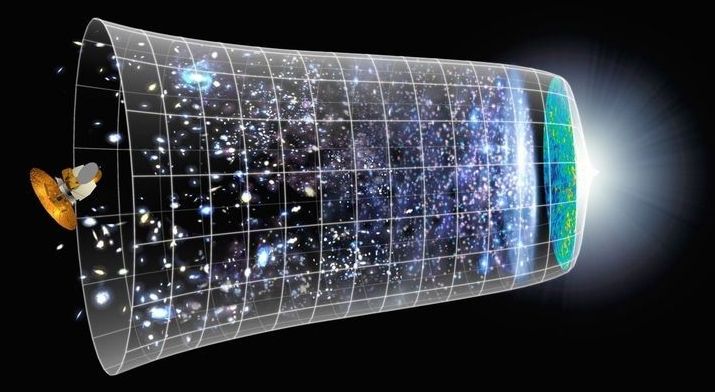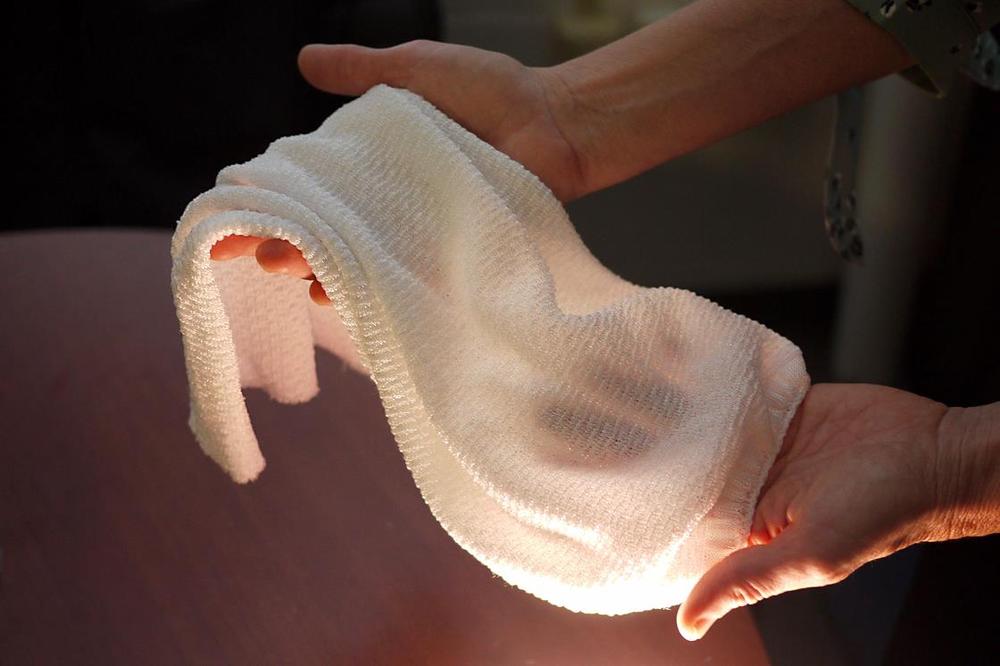Page 9131
Feb 9, 2019
Scientists Want to Build a Space Station Inside an Asteroid
Posted by Michael Lance in category: space
Feb 9, 2019
Data Driven Investor
Posted by Klaus Baldauf in categories: biotech/medical, business, government, mobile phones
How competing software, hardware and political ideology could accelerate existing divisions in humanity into the future
It’s been great to get people’s thoughts and feedback on the last article on “The iPhone 20”. Some of your responses considered that given Apple’s business model is effectively a walled garden, this makes any integration with the human body very unlikely in the future.
That’s why in this article, rather than focusing on Apple, I’ll look to explore some of the ways tech companies and organisations (including government bodies) will compete on software, hardware and protocols that will shape humanity’s journey to 2029, which may accelerate our existing divisions that stifle collaboration and splinters our future societies.
Feb 9, 2019
Inside China’s High-Tech Dystopia
Posted by Derick Lee in categories: business, government, mobile phones, robotics/AI

In part three of Hello World Shenzhen, Bloomberg Businessweek’s Ashlee Vance heads out into a city where you can’t use cash or credit cards, only your smartphone, where AI facial-recognition software instantly spots and tickets jaywalkers, and where at least one factory barely needs people. This is the society that China’s government and leading tech companies are racing to make a reality, with little time to question which advancements are net positives for the rest of us.
Part One — Inside China’s Future Factory.
https://www.youtube.com/watch?v=eLmaIbb13GM
Feb 8, 2019
Cesarean Section — A Brief History
Posted by James Christian Smith in categories: biotech/medical, food
While Barry applied Western surgical techniques, nineteenth-century travelers in Africa reported instances of indigenous people successfully carrying out the procedure with their own medical practices. In 1879, for example, one British traveller, R.W. Felkin, witnessed cesarean section performed by Ugandans. The healer used banana wine to semi-intoxicate the woman and to cleanse his hands and her abdomen prior to surgery. He used a midline incision and applied cautery to minimize hemorrhaging. He massaged the uterus to make it contract but did not suture it; the abdominal wound was pinned with iron needles and dressed with a paste prepared from roots. The patient recovered well, and Felkin concluded that this technique was well-developed and had clearly been employed for a long time. Similar reports come from Rwanda, where botanical preparations were also used to anesthetize the patient and promote wound healing.
In Western society women for the most part were barred from carrying out cesarean sections until the late nineteenth century, because they were largely denied admission to medical schools. The first recorded successful cesarean in the British Empire, however, was conducted by a woman. Sometime between 1815 and 1821, James Miranda Stuart Barry performed the operation while masquerading as a man and serving as a physician to the British army in South Africa.
Feb 8, 2019
Robert Felkin MD (1853–1926) and Caesarean delivery in Central Africa
Posted by James Christian Smith in category: biotech/medical
#BlackHistoryMonth It was as a pupil at Wolverhampton Grammar School that Robert William Felkin met the explorer David Livingstone, who inspired him with his tales of Africa. And when he met A M Mackay, a medical missionary from Uganda, in London in 1877 at the age of 24, he became determined to visit Africa.
It was as a pupil at Wolverhampton Grammar School 1that Robert William Felkin met the explorer David Livingstone, who inspired him with his tales of Africa. And when he met A M Mackay, a medical missionary from Uganda, in London in 1877 at the age of 24, he became determined to visit Africa.
By 1875 he had become a medical student at Edinburgh University, but before completing his training, he was sent to Uganda in 1878 by the Church Missionary Society. He travelled up the Nile to Khartoum, where he met General Gordon, and then on through what was then wild and unmapped country to the Great Lakes. There he met Emin Pasha, the Governor of the Equatorial Province, and was presented to King M’tesa, whose personal physician he became in 1879. When a Muslim anti-missionary movement threatened the lives of his fellow Christians, Felkin warned the King that, should any harm come to them, a great disaster would befall his people. As a sign he foretold that the sun would be darkened; in due course the anticipated eclipse occurred and Felkin was established as a great “medicine man.” During his stay in Uganda he studied the local diseases and also undertook anthropological measurements of the pygmies. Of particular interest, though, were his studies on childbirth.
Continue reading “Robert Felkin MD (1853–1926) and Caesarean delivery in Central Africa” »
Feb 8, 2019
Big Bang May Have Created a Mirror Universe Where Time Runs Backwards
Posted by Albert Sanchez in categories: cosmology, physics
Why does time seem to move forward? It’s a riddle that’s puzzled physicists for well over a century, and they’ve come up with numerous theories to explain time’s arrow. The latest, though, suggests that while time moves forward in our universe, it may run backwards in another, mirror universe that was created on the “other side” of the Big Bang.
Two leading theories propose to explain the direction of time by way of the relatively uniform conditions of the Big Bang. At the very start, what is now the universe was homogeneously hot, so much so that matter didn’t really exist. It was all just a superheated soup. But as the universe expanded and cooled, stars, galaxies, planets, and other celestial bodies formed, birthing the universe’s irregular structure and raising its entropy.
One theory, proposed in 2004 by Sean Carroll, now a professor at Caltech, and Jennifer Chen, then his graduate student, says that time moves forward because of the contrast in entropy between then and now, with an emphasis on the fact that the future universe will so much more disordered than the past. That movement toward high entropy gives time its direction.
Continue reading “Big Bang May Have Created a Mirror Universe Where Time Runs Backwards” »
If pairing wine with food is an art, then consider this episode a masterpiece. The guys drink their way around town, from donut shops to Thai food in a tattoo parlor.
Weed MARIJUANA Travel Steak Culture Cannabis Munchies meatballs Documentary Hip-Hop seafood Pasta Brooklyn DABBING cooking moonshine duck feast wine rap Queens Tattoos history Italian food NEW YORK CITY Red Hook BBQ Fine Dining Smoking Tattooing friendship concert Thai Food Donuts vice_videos: premiere spirits sauce Natural Wine barbeque food pairings clams chicken parm chiense food carrol gardens.
Feb 8, 2019
Eva Ramón Gallegos’s research works
Posted by James Christian Smith in category: biotech/medical
Eva Ramón, a #Mexican Scientist may have done something amazing.
The present study aimed to determine the effectiveness of photodynamic therapy (PDT), using δ-aminolevulinic acid (5-ALA), in the elimination of premalignant cervical lesions in Mexican patients with human papillomavirus (HPV) infection and/or cervical intraepithelial neoplasia (CIN). Thirty women diagnosed with CIN I and/or positive for HPV participated in the study.
Feb 8, 2019
Smart textile uses sweat as switch to keep wearer cool or warm
Posted by Caycee Dee Neely in categories: materials, space
A material that alters it’s heat transfer ability depending on your temperature. Of course, it’s based on the amount of sweat you produce, which should be tied to your exertion level.
This would be good. Especially for space suit applications.
Material responds to moisture by becoming more porous and can dissipate infrared radiation more effectively too.
Continue reading “Smart textile uses sweat as switch to keep wearer cool or warm” »
